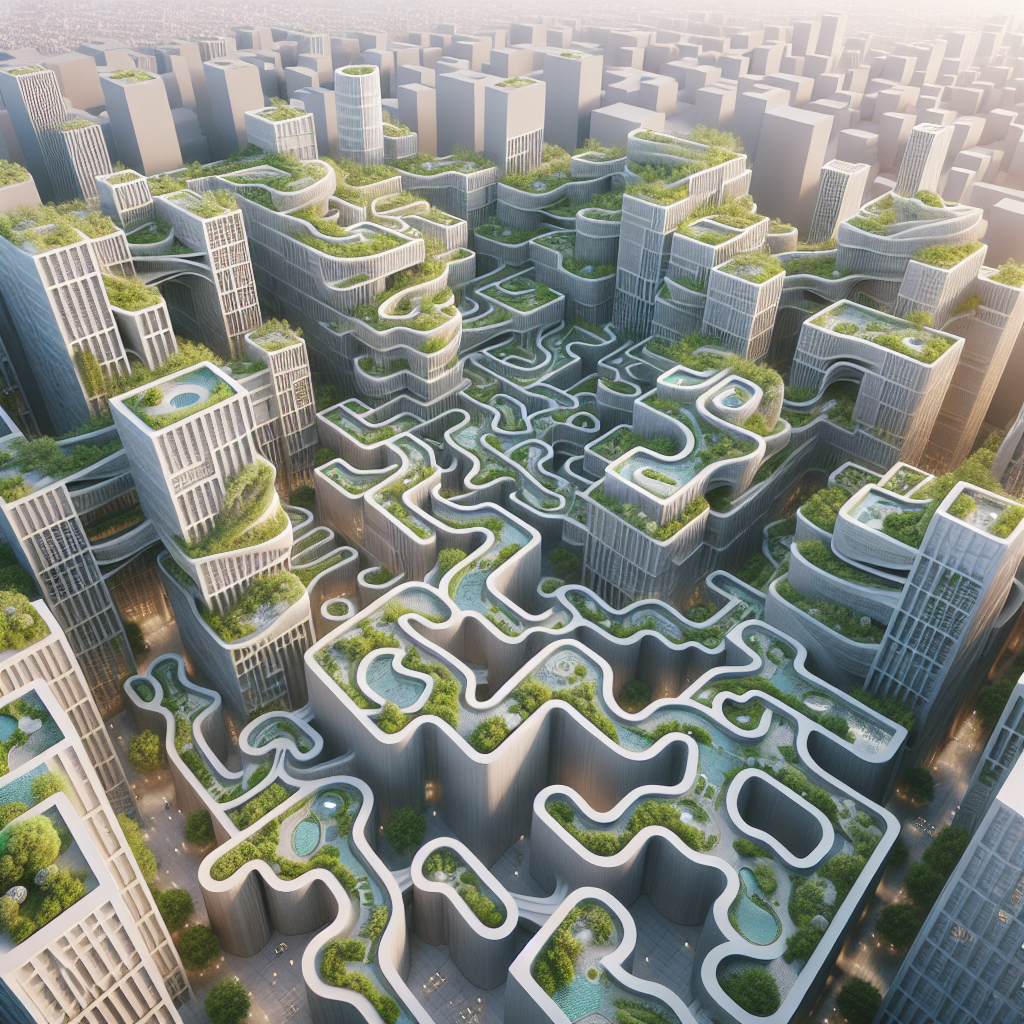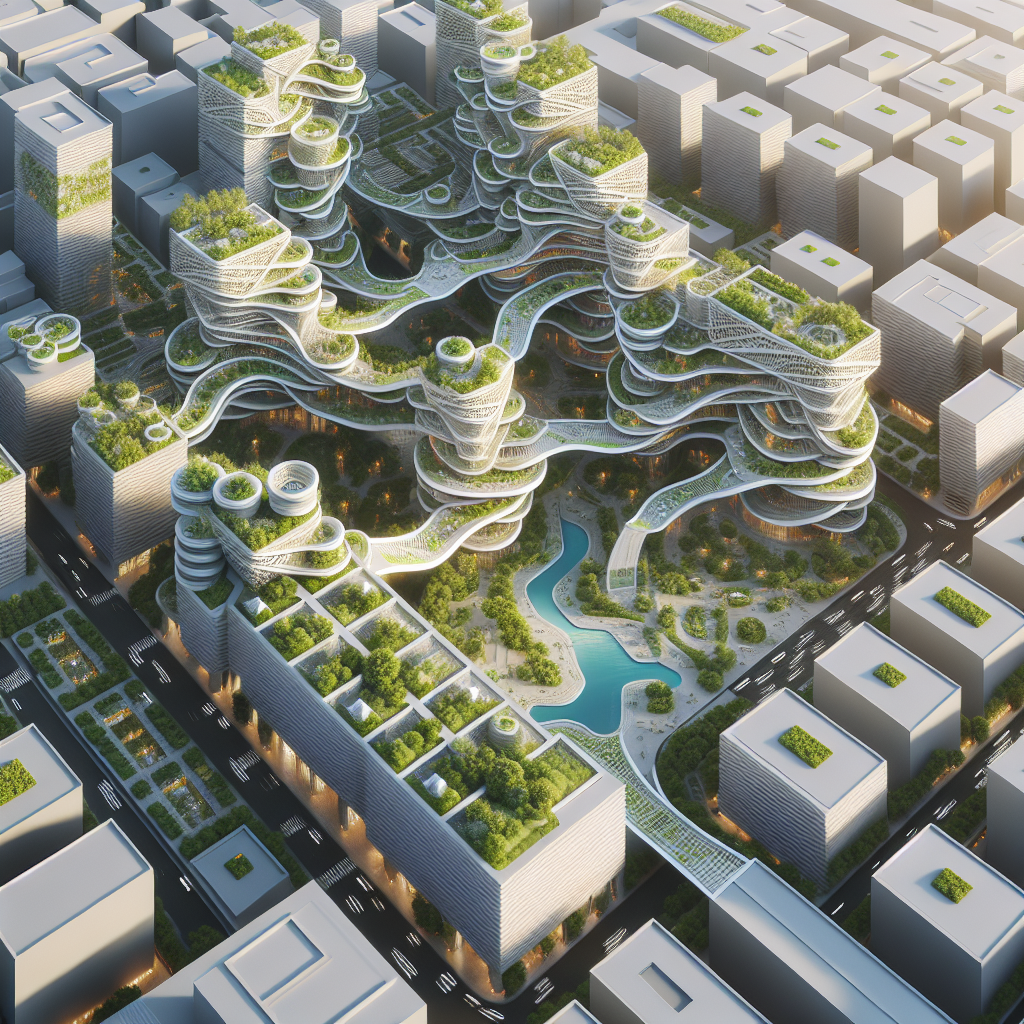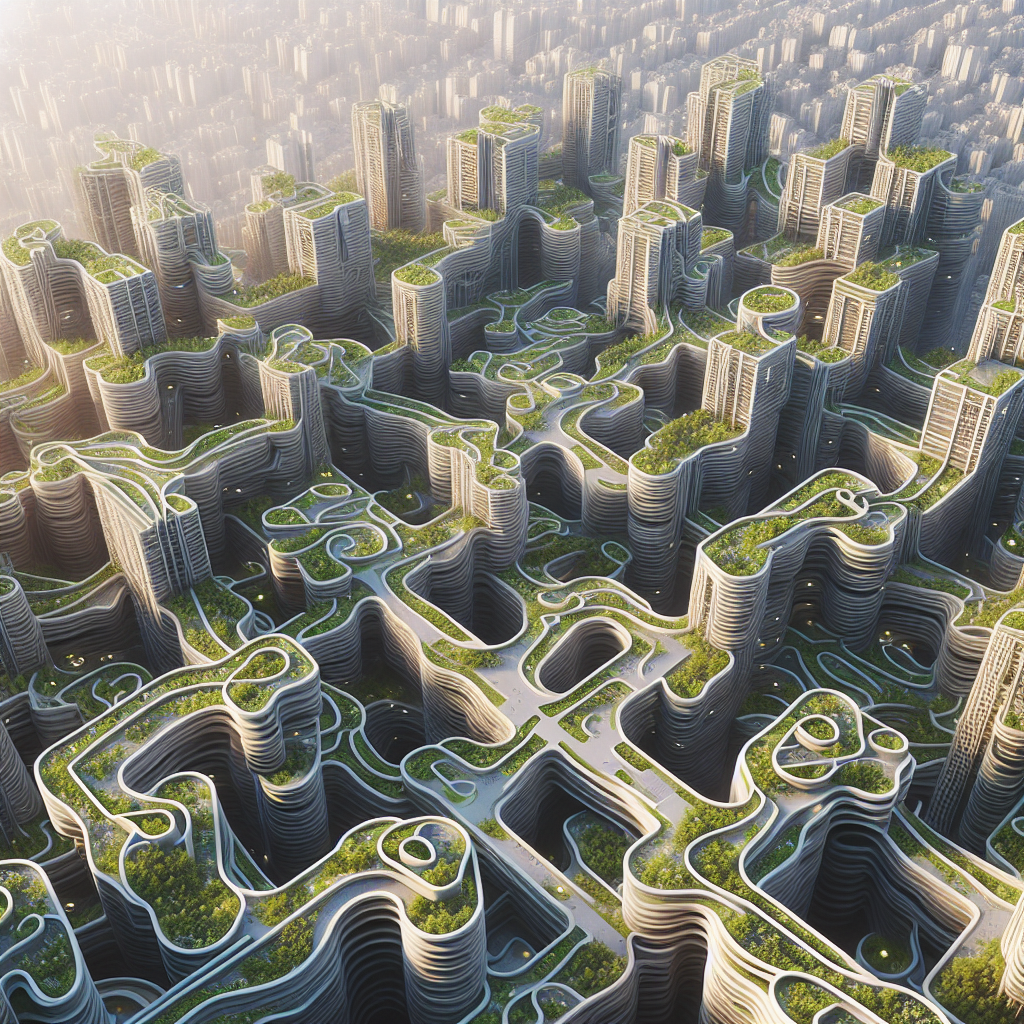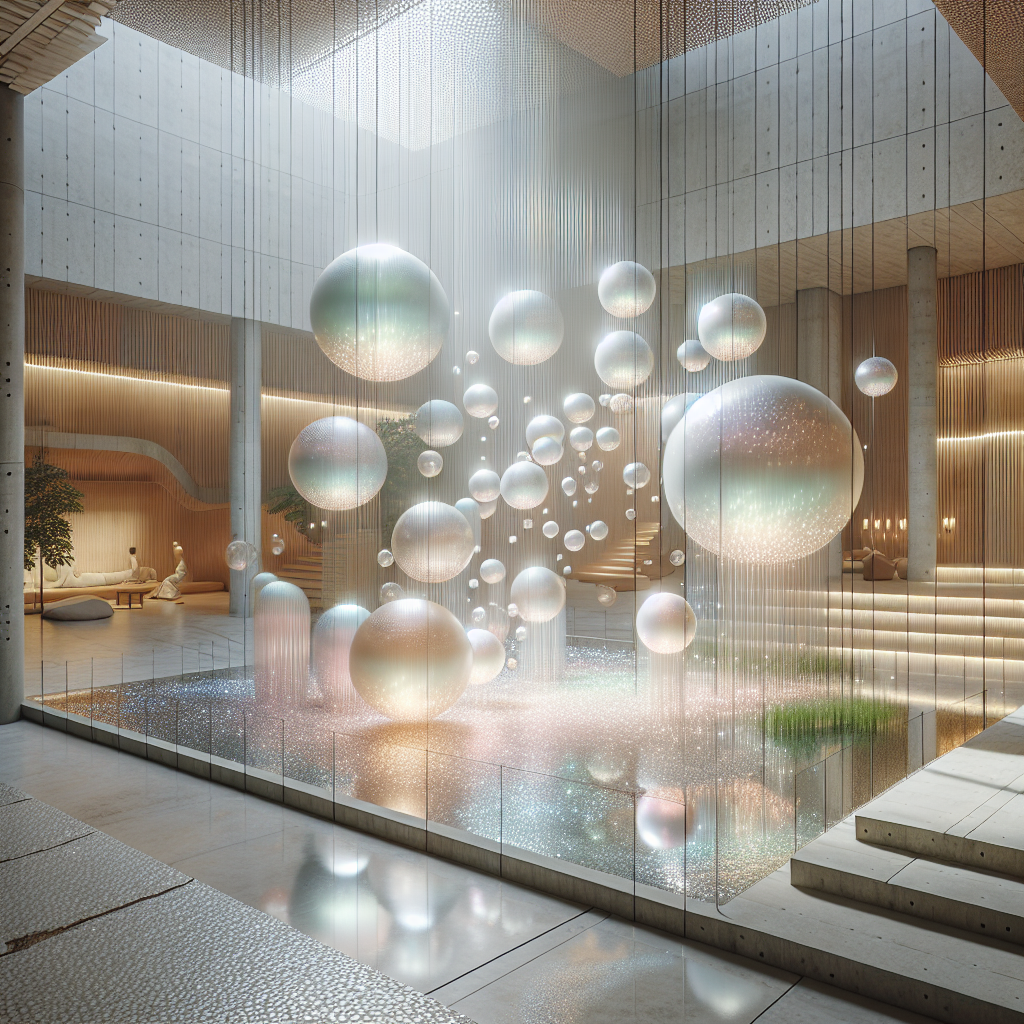AD-inspired labyrinth city: blocks twisted footprints maximizing communal courtyards
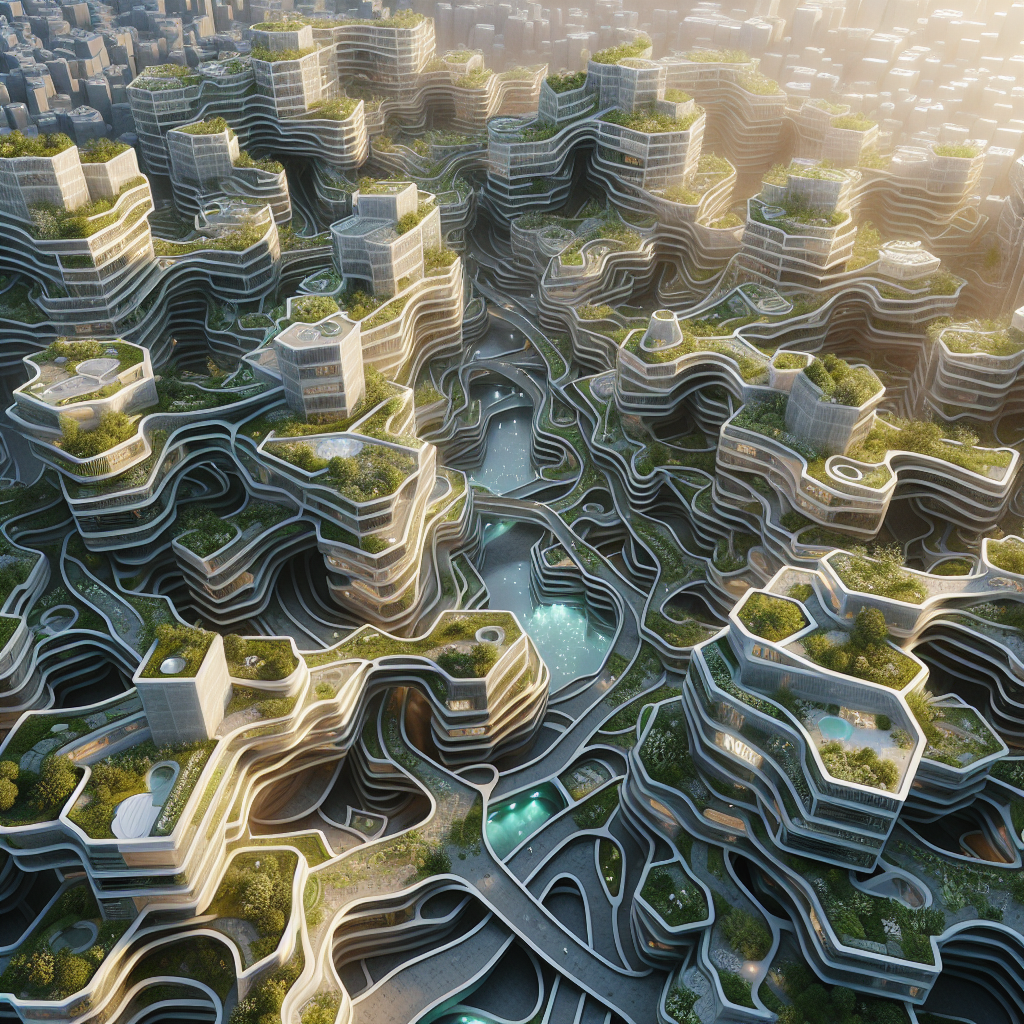
AD-Inspired Labyrinth City: Blocks Twisted Footprints Maximizing Communal Courtyards
In the ever-evolving realm of urban architecture, the quest for community-centric design continues to push the boundaries of creativity and innovation. Today, we explore a groundbreaking concept that blends architectural ingenuity with social interaction—the AD-inspired labyrinth city. This visionary approach redefines urban living through blocks with twisted footprints, ingeniously designed to maximize communal courtyards and foster vibrant, interconnected communities.
Reimagining Urban Density: The Labyrinth City Concept
At the heart of the labyrinth city lies a radical reinterpretation of urban density. Instead of traditional grid-like city planning, architects are embracing fluid, organic forms inspired by labyrinthine structures. These twisted footprints create dynamic spatial relationships, generating unexpected pathways and hidden courtyards that encourage exploration and social interaction. This approach aligns seamlessly with the rising trend of biophilic design, emphasizing human connection with nature and enhancing overall well-being.
A prime example of this innovative urban planning is the recently unveiled “Verdant Maze District” in Copenhagen, Denmark. Designed by the renowned architectural firm Bjarke Ingels Group (BIG), this development showcases how twisting building footprints can optimize communal spaces. The project comprises interconnected residential blocks that curve and spiral, creating a network of intimate courtyards lush with greenery, water features, and communal amenities. Residents are invited to wander through these serene pockets of nature, fostering a sense of community and belonging.
Architectural Inspiration: Ancient Labyrinths Meet Modern Design
The inspiration behind these twisted urban footprints traces back to ancient labyrinths—structures historically associated with contemplation, spirituality, and communal gatherings. Labyrinths, unlike mazes, offer a single, purposeful path leading to a central space, symbolizing a journey toward enlightenment or communal convergence. Modern architects reinterpret this symbolism by integrating labyrinthine principles into urban layouts, transforming cities into immersive, interactive environments.
For instance, the celebrated “Garden of Forking Paths” residential complex in Barcelona masterfully blends labyrinthine architecture with contemporary aesthetics. Designed by Ricardo Bofill Taller de Arquitectura, the complex features winding pathways and interlocking buildings that guide residents toward communal courtyards, parks, and plazas. The result is a harmonious balance between private living spaces and vibrant public areas, encouraging spontaneous interactions and community engagement.
Maximizing Communal Courtyards: Social and Environmental Benefits
The twisted footprints inherent in labyrinth city designs significantly amplify the availability and quality of communal courtyards. These courtyards serve as vital communal hubs, promoting social cohesion, community-building activities, and environmental sustainability. By integrating green spaces, urban gardens, and recreational facilities, architects enhance residents’ quality of life, reduce urban heat islands, and support biodiversity within densely populated areas.
Research from the World Health Organization underscores the importance of accessible green spaces in urban environments, highlighting their positive impact on mental health, physical well-being, and social connectivity. Projects like Copenhagen’s Verdant Maze District embody these principles, creating environments where residents can easily access nature, socialize, and build lasting community bonds.
Moreover, labyrinth-inspired urban designs align with sustainable architecture practices, contributing to the broader goal of achieving net-zero energy buildings. Twisted footprints facilitate natural ventilation, optimize daylight penetration, and reduce energy consumption, making these structures environmentally responsible and economically viable.
Case Study: Singapore’s Marina One—A Labyrinthine Urban Oasis
Singapore’s Marina One, designed by Ingenhoven Architects, exemplifies the labyrinth city concept on a grand scale. This iconic mixed-use development integrates residential, commercial, and retail spaces within a complex, twisting architectural form. At its core lies the “Green Heart,” a lush, multi-level communal courtyard that provides residents and visitors with a tranquil retreat from the bustling cityscape.
The Green Heart’s labyrinthine pathways wind through verdant gardens, cascading waterfalls, and shaded seating areas, creating an immersive biophilic experience. This innovative design not only enhances residents’ well-being but also contributes to Singapore’s ambitious sustainability goals by reducing urban heat and improving air quality. Marina One stands as a testament to the transformative potential of labyrinth-inspired architecture in modern urban planning.
Technological Innovations Shaping Labyrinth Cities
The realization of labyrinth city designs relies heavily on cutting-edge technological advancements in architecture and construction. Parametric design tools, digital fabrication techniques, and augmented reality visualization have revolutionized architects’ ability to conceive and execute complex, twisting structures. Parametric design, in particular, allows architects to generate intricate forms and optimize spatial configurations efficiently, ensuring maximum communal space utilization and environmental performance.
Innovations such as sand printing technology and 3D-printed homes further expand the possibilities for labyrinth-inspired urban developments. These technologies enable architects to experiment with unconventional forms, materials, and construction methods, pushing the boundaries of creativity and sustainability. For example, sand printing technology facilitates the creation of intricate, organic architectural elements, seamlessly integrating with labyrinthine designs and enhancing their aesthetic appeal.
Additionally, augmented reality (AR) tools have become indispensable in visualizing and refining labyrinth city concepts. Architects and urban planners utilize AR to immerse stakeholders in virtual walkthroughs, enabling them to experience the spatial dynamics and communal interactions firsthand. This immersive approach fosters greater collaboration, stakeholder engagement, and informed decision-making throughout the design process.
The Future of Urban Living: Embracing Labyrinthine Architecture
As cities worldwide grapple with rapid urbanization, climate change, and social isolation, labyrinth-inspired architecture emerges as a compelling solution. By prioritizing communal courtyards, biophilic design, and sustainable practices, labyrinth cities offer a holistic approach to urban living that enhances residents’ quality of life and environmental resilience.
The growing popularity of labyrinthine urban developments signals a broader shift toward human-centric, community-oriented architecture. Projects like Copenhagen’s Verdant Maze District, Barcelona’s Garden of Forking Paths, and Singapore’s Marina One exemplify the transformative potential of twisted footprints and communal courtyards in redefining urban landscapes.
Ultimately, the labyrinth city concept represents a bold vision for the future of urban design—one that embraces complexity, fosters community, and harmonizes with nature. As architects and urban planners continue to explore this innovative approach, we can anticipate a new era of vibrant, interconnected cities that prioritize human well-being and environmental sustainability.
To delve deeper into innovative urban designs, explore our articles on biophilic design, parametric design, and net-zero architecture.
For further reading on historical and architectural inspirations, visit Labyrinth (Wikipedia), Biophilic Design (Wikipedia), and Parametric Design (Wikipedia).
As urban landscapes evolve, labyrinth-inspired cities stand poised to redefine our understanding of community, sustainability, and architectural innovation.
